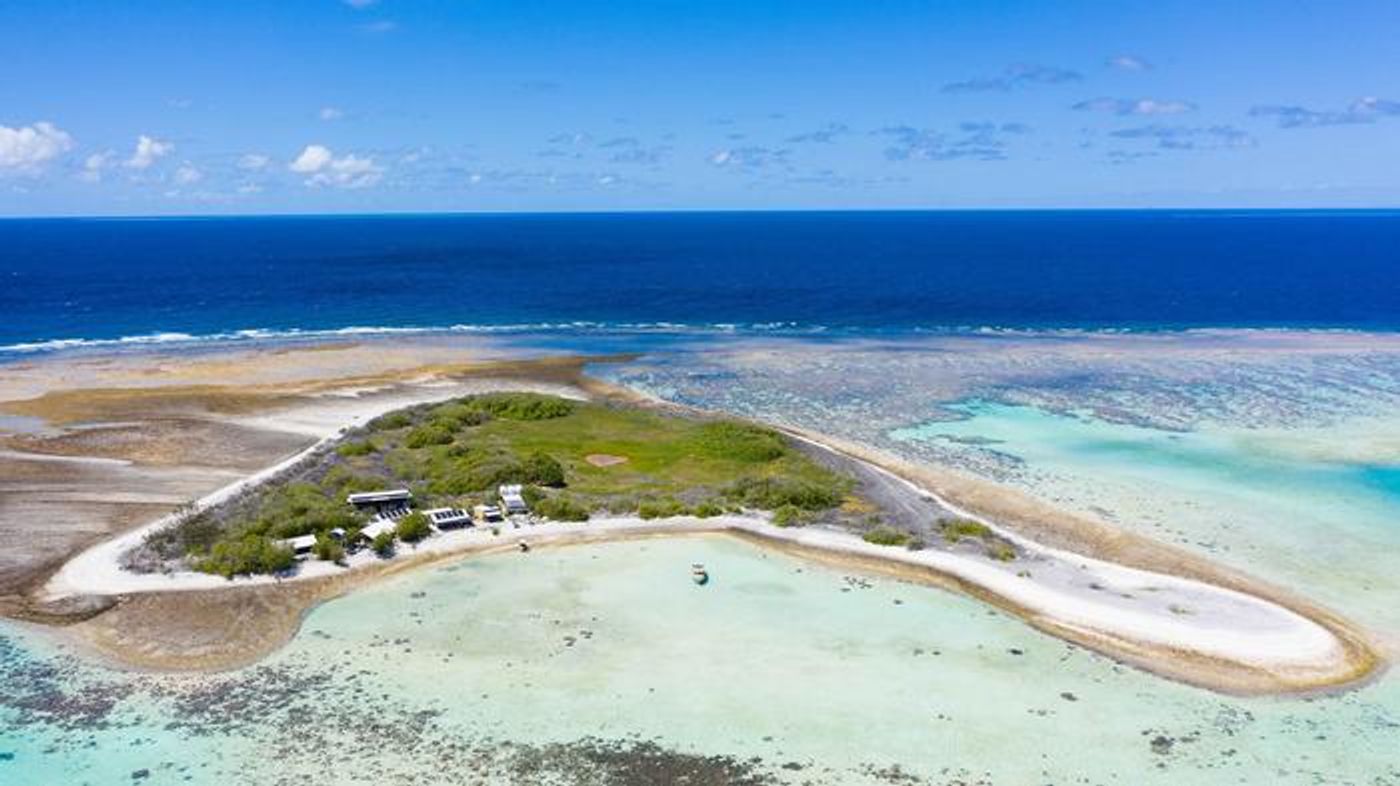Historical Perspective: The Dynamic Birth of the Modern Great Barrier Reef
What events caused the Great Barrier Reef to become what it is today, specifically over the course of the last six to eight thousand years, or just after the last Ice Age? This is what a recent study published in Quaternary Science Reviews hopes to address as a team of international researchers conducted an in-depth scientific analysis on various aspects of the Great Barrier Reef to ascertain the environmental factors that contributed to the Reef’s present conditions. This study holds the potential to help scientists better understand how reefs evolve over time and the environment’s role in their evolution.
For the study, the researchers drilled almost two dozen coral samples and analyzed them using a variety of methods, including computer tomography, scanning electron microscopy, and X-ray diffraction to ascertain yearly growth patterns within the coral samples. In the end, they determined that environmental factors, including increased water temperatures, ocean turbulence, and rising sea levels, led to increased nutrients, which contributed to the growth of the Great Barrier Reef, and is consistent with previous studies.
Image of the University of Sydney One Tree Island Research Station residing on the southern Great Barrier Reef. Fossilized cores were drilled from this part of the reef to ascertain their yearly growth patterns with the goal of determining the evolution of the Great Barrier Reef over the last six to eight thousand years. (Credit: University of Sydney)
This study is paramount since present-day coral reefs have been observed to exhibit large populations of micro algae due to the higher nutrients, which often challenge, and even damage, coral skeletons. However, this study demonstrates that higher nutrients also contributed to reefs emerging in deeper waters with high resilience to sediments.
“This study has given us an historical picture of how the emerging modern reef responded to huge environmental stress,” said Dr. Jody Webster, who is a professor in the School of Geosciences at the University of Sydney and a co-author on the study. “We get the picture of a dynamic ecosystem dealing with adverse environmental conditions during the early Holocene as sea levels rose and inundated the previously exposed shelf.”
The researchers hope this study can help paint a better picture of how reefs evolve over grand timescales, specifically on the order of several thousand years.
What new discoveries will researchers make about the Great Barrier Reef in the coming years and decades? Only time will tell, and this is why we science!
As always, keep doing science & keep looking up!
Sources: Quaternary Science Reviews, EurekAlert!









